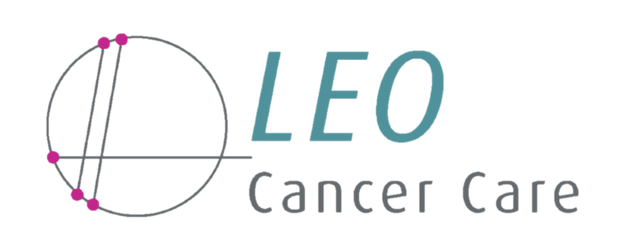Our product names are a tribute to pioneering scientists
People often ask us why our products have the names they do. They really go against the grain if you compare them to most radiotherapy devices in our field. They usually sound high tech, robotic and clinical.
Receiving radiotherapy can be a very scary time for patients and we want to do whatever we can to ease the fear and anxiety they experience. Walking into a treatment room to be greeted by Marie, Ruby or Aida, we hope, will feel familiar and less intimidating compared to most radiotherapy machines.
So once we landed on giving our products human names, we decided we wanted to pay tribute to trailblazing scientists that went against all odds to leave their mark on history. In this pursuit, it was clear that many of these were women. With the odds stacked against them to have a job in their field and to have their voice be heard, these women made discoveries that will help people around the world forever, and we hope our technology will have a small slice of the positive impact they did.
Our goal at Leo Cancer Care is to be the more human way to deliver radiation therapy and our technology is a paradigm shift from the norm. So we really resonated with the stories of these pioneering scientists and will proudly share their names as a tribute to the contributions they have made.
Marie our particle therapy solution is named after Marie Curie. A Physicist and Chemist that spearheaded research into radioactivity. In World War I Marie Curie developed a mobile X-Ray unit to provide services to field units. She was the first woman to win a Nobel Prize, the first person and the only woman to win the Nobel Prize twice, and the only person to win the Nobel Prize in two scientific fields.
Image of Marie Curie sourced from Wikipedia. Leo Cancer Care products are not currently available for sale in the US
Ruby our photon therapy solution is named after Ruby Payne-Scott. An Australian pioneer in radiophysics and radio astronomy and was the first female radio astronomer. She studied physics, chemistry, mathematics and botany at Sydney University and was the third woman to graduate in physics there. In 1936, Ruby conducted research at the Cancer Research Laboratory at the University of Sydney. The research team determined that the magnetism of the Earth had little or no effect on the vital processes of beings living on the Earth. Her later work led to the discovery of deep-space phenomena like black holes and pulsars that later helped astronauts understand how solar storms disrupt weather in space and electrical grids on Earth. Women in public services during the 40s were expected to resign when they wed, so Ruby kept her marriage a secret for several years to stay in her job.
Image of Ruby Payne-Scott sourced from Wikipedia. Leo Cancer Care products are not currently commercially available for sale in the US.
Aida our multi-axis computed tomography imaging solution is named after Florence Ada Stoney. Florence was an Irish physician who was the first female radiologist in the United Kingdom, at a time when knowledge on radiology was still in its developmental stages. She was forced to work in poor conditions with lack of space for X-ray work. During World War I she served abroad as head of the X-ray department in makeshift hospitals after being denied to help the British War Office mainly due to her being a woman. She and her team were awarded the 1914 Star for Bravery for their contributions in this time.
Image of Florence Ada Stoney sourced from WES Centenary. Leo Cancer Care products are not currently available for sale in the US.
We hope you can join us in celebrating these phenomenal scientists and their stories with our products' names paying homage to them. We are inspired daily by their nonconformist, trailblazing lives in and out of science and feel this reflects the journey we are on to find a better, more human way to deliver radiation therapy.
Hear our Head of Marketing, Fiona Redford explain more about our product names in this short video.



